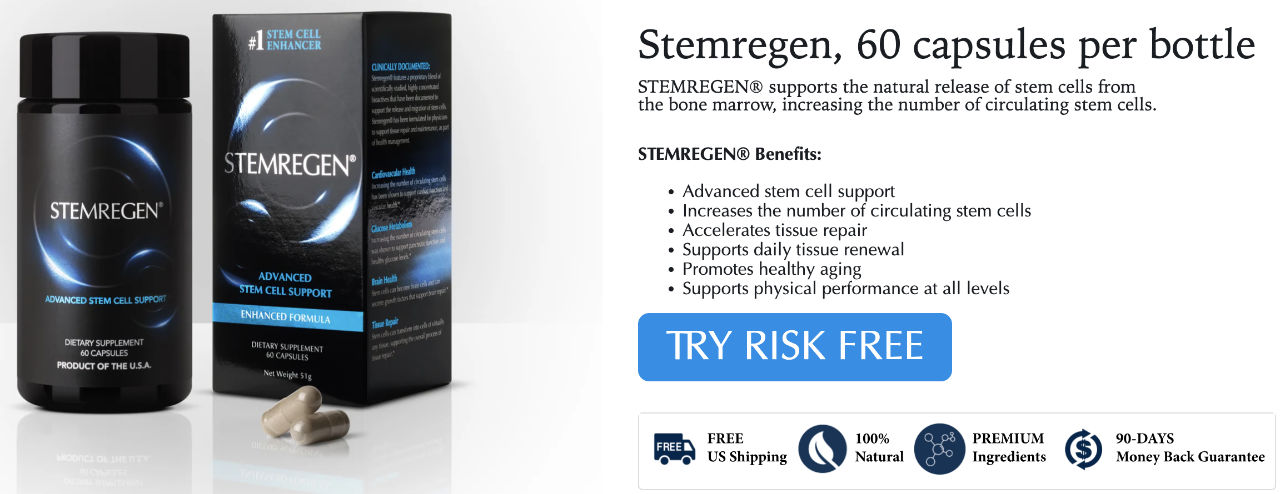Are you curious about the true potential of stem cell therapy?
Many people have questions and concerns about the ethics and effectiveness of this groundbreaking medical field.
This article will clarify the science, debunk common myths, and reveal how stem cells are revolutionizing modern medicine.
The Body’s Natural Repair System
Stem cells are the foundation of the body’s natural repair system. They are undifferentiated cells that can develop into various specialized cells. This unique ability makes them essential for growth, healing, and regeneration.
Dr. Joy Kong, a leading expert in the field, explains that there are different types of stem cells, each with specific functions.
Specialized vs. Generalist Stem Cells
Specialized stem cells are found in every organ and are responsible for maintaining and repairing the tissues in that specific organ.
For example, skin stem cells create new skin cells to replace old or damaged ones. On the other hand, mesenchymal stem cells (MSCs) are generalist stem cells that circulate throughout the body.
These MSCs are like a mobile repair crew, constantly searching for signs of injury or inflammation.
| Stem Cell Type | Location | Function |
| Specialized Stem Cells | Specific Organs | Maintain and repair tissues within that organ |
| Mesenchymal Stem Cells (MSCs) | Circulate throughout the body | Detect injury, reduce inflammation, fight microbes, and possess anti-cancer properties |
A Brief History of Stem Cell Research
The journey of stem cell research began with the discovery of their presence in bone marrow.
Scientists observed that bone marrow transplants could regenerate a patient’s entire blood and immune system, leading to the understanding that stem cells were responsible for this remarkable feat.
Over the years, our knowledge has expanded, and we now know that stem cells exist in various tissues throughout the body, playing a crucial role in our overall health and well-being.
Addressing the Ethical Concerns
One of the biggest misconceptions surrounding stem cell therapy is the ethical debate. It is important to distinguish between the different sources of stem cells.
The use of embryonic or fetal stem cells is illegal and raises significant ethical concerns. However, modern stem cell therapies utilize ethically sourced cells, such as umbilical cord-derived MSCs.
These MSCs are obtained from the umbilical cords of healthy babies born via planned C-sections, with the full and informed consent of the parents.
This process is safe, ethical, and does not harm the baby or the mother. By using these ethically sourced cells, we can harness the power of stem cell therapy without crossing any moral boundaries.
The Synergy of Light Therapy and Stem Cells
Dr. Kong’s research has led to an innovative approach that combines stem cell therapy with light therapy to enhance its effectiveness. This synergistic protocol involves two key steps:
1.Activating the Stem Cells: Before infusion, the MSCs are activated with specific frequencies of light. This pre-activation process enhances their viability and mobility, making them more effective once they are in the body.
2.Targeting the Organs: During the treatment, light is shone on the specific organs that require healing. This light exposure activates adhesion molecules on the surface of the organs, which act like
Velcro, helping to trap more of the circulating stem cells. This targeted approach maximizes the therapeutic effect of the treatment.
Real-Life Success Stories
The true power of this combined therapy is best illustrated through real-life case studies. Dr. Kong shares two remarkable examples:
•A man suffering from severe osteoarthritis, who was facing the prospect of knee surgery, was able to avoid the procedure altogether after undergoing this treatment.
•A patient with end-stage liver cirrhosis, a condition with a very poor prognosis, experienced a dramatic and life-changing recovery.
These stories are a testament to the incredible regenerative potential of stem cell therapy, especially when combined with innovative techniques like light therapy.
The Future of Regenerative Medicine
Stem cell research is a rapidly advancing field that holds the promise of treating a wide range of diseases and injuries. As our understanding of stem cells and their mechanisms grows, we can expect to see even more effective and targeted therapies emerge.
The combination of stem cells and light therapy is just one example of the innovative approaches that are being developed. This powerful synergy demonstrates the importance of thinking outside the box and exploring new ways to harness the body’s own healing capabilities.
As we continue to unlock the secrets of stem cells, we move closer to a future where regenerative medicine can provide cures for conditions that were once considered incurable. The ethical and scientific advancements in this field are paving the way for a new era of medicine, one that is focused on healing and regeneration from within.
A New Hope for Healing
The field of stem cell therapy is no longer a futuristic dream; it is a present-day reality that is changing lives. By understanding the science behind stem cells, addressing the ethical concerns, and embracing innovative approaches, we can unlock their full potential.
The journey of discovery is far from over, but the progress we have made so far offers a new hope for healing and a brighter future for medicine.



